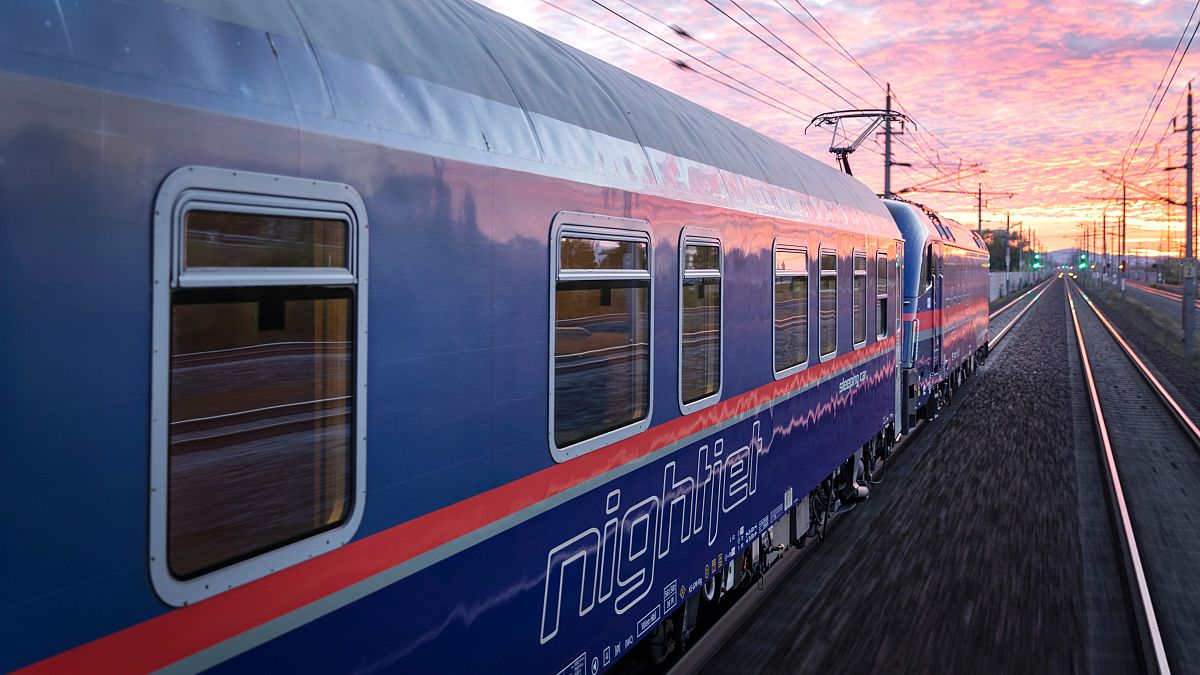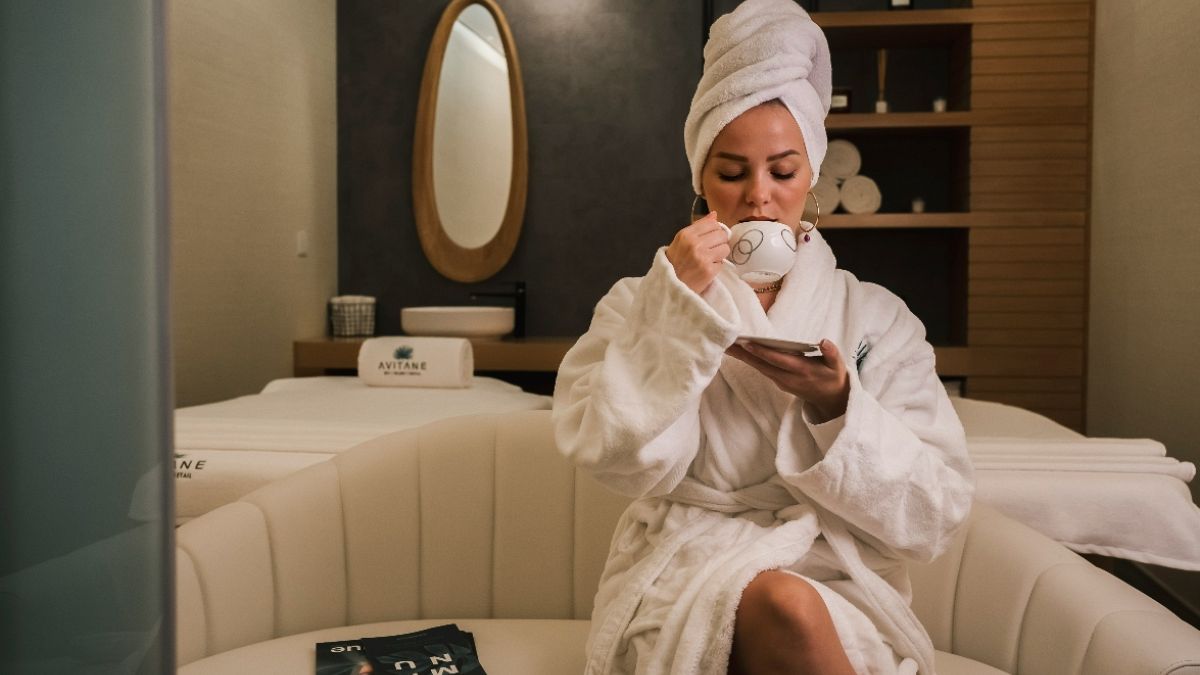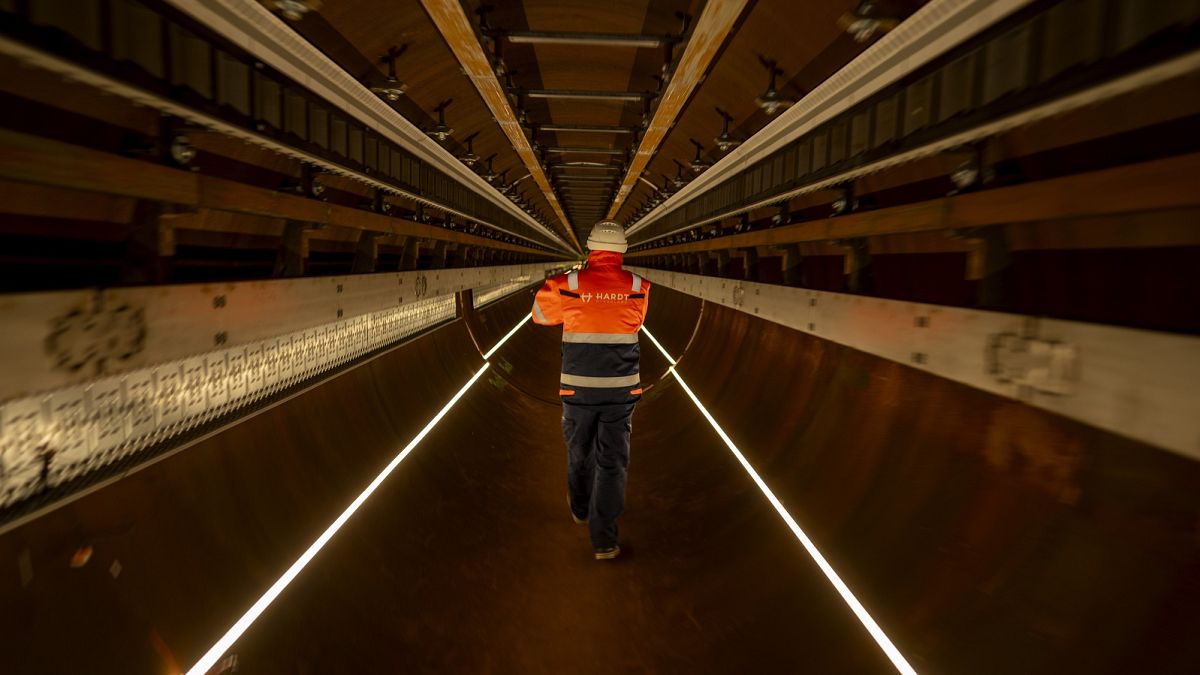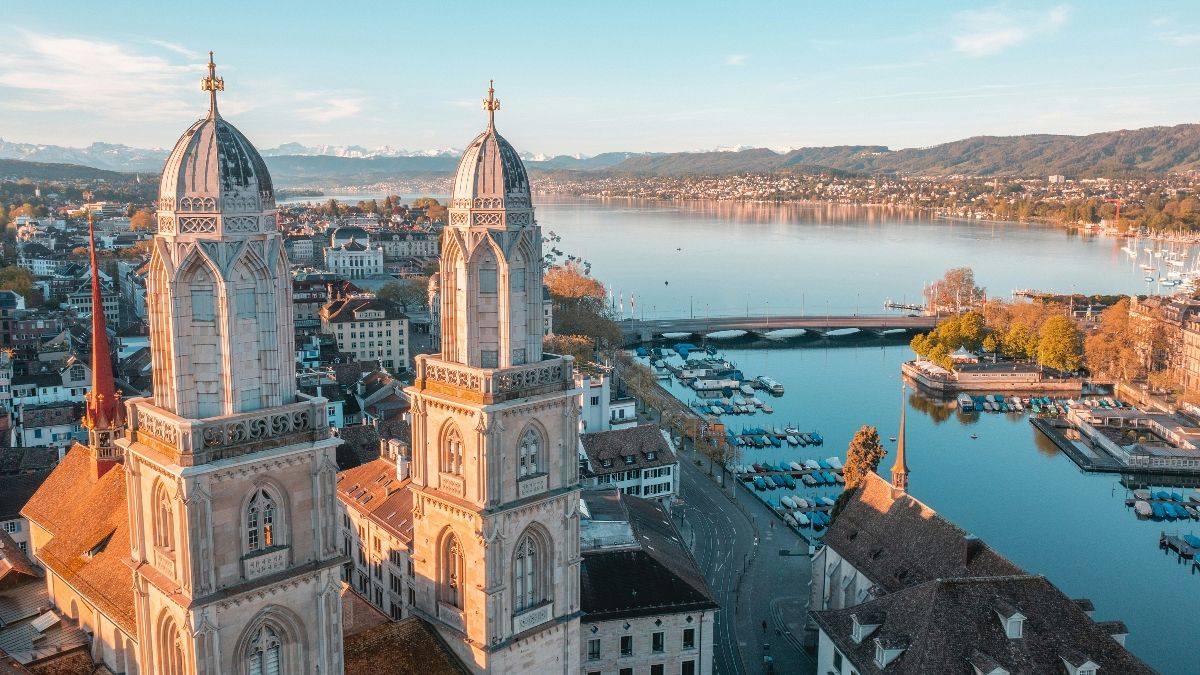I took my son out of the classroom to educate him through travel

Geography lessons in an Icelandic glacier and art classes in Amsterdam: What it’s like to ‘world school’ your child.
Choosing to homeschool my son was not an easy decision.
He’s only seven, but will I really be able to give him the education he needs? Will he miss out on essential life skills if he doesn’t learn how to navigate crowds of kids in the playground, or overcome stage fright during his first school play?
These are all very real questions that weighed on my mind for months as I struggled with the decision.
But my son’s neurodiversity meant that most playtimes were being spent standing alone by the fence. He felt bullied and misunderstood. And his laser-sharp ability to focus on the often somewhat obscure things he loves was wasted as he fought in anguish to sit still and pay attention in a class that didn’t interest him.
So, in February this year I took a leap of faith and picked him up from the school gates for the last time. But with one thing in mind that doesn’t fall into the usual remit of home education: we were going to ‘world school’.
What is world schooling?
Homeschooling involves educating your children at home rather than in a ‘traditional’ institutional setting like a school.
The number of students home educated in the UK has exploded in recent years.
In 2013, it was estimated that over 24,800 kids were being homeschooled. The latest figures released by the Department for Education reveal that as of summer 2023, an estimated 97,600 children in England alone were in elective home education.
World schooling works in much the same way as home schooling, apart from you consciously use the world as your classroom.
This means learning about geography by walking into a glacier in Iceland, studying art by visiting the Van Gogh museum in Amsterdam, and discovering the importance of biodiversity in the Azores. It’s learning through hands-on, immersive experience rather than out of books and off screens.
There’s no denying this is a privileged way to live. It costs time and money. For us, that means making sacrifices elsewhere – selling our car, scrimping throughout the month and limiting our trips to sporadic, budget destinations, focusing on areas close to home.
But as we had been paying for my son’s school anyway to accommodate his higher needs and my partner and I both work from home, it just requires a bit of careful planning.
A trip to Iceland inspired us to world school
Our idea to world school came from a trip to Iceland last year, when we hiked into a glacier, explored Viking history and ate traditional food.
The inspiration it sparked in my then five-year-old was like nothing I’d ever seen. And and it made sense – while we’re making our most valuable memories, why not make that the moment for learning too?
After all, how much do we really remember from our school learning as adults, anyway? I certainly didn’t retain much, and a lot of what I do recall is from school excursions.
So, we decided to set off on our first trip: six days touring the Netherlands, with flight prices considerably cheaper during ‘term time’.
A world schooling adventure in the Netherlands
Starting in The Hague, known as the International City of Peace and Justice, we embarked on an unexpected art-focused adventure.
We were joined by city tour-guide extraordinaire, Remco Dörr, who took us around the ‘Escher in the Palace’ exhibition and directed us to view world-famous masterpieces housed in the iconic Mauritshuis.
He knew everything there was to know about his beloved home city, from the rich history of tourist hotspots to the best places to try local dishes (Haagse Hopjes cake will no doubt remain a life-long foodie favourite for my son). His great love for the place was infectious.
From there, we took a train (and multiple trams) to Utrecht. Knowing we were world schooling on our trip, The Moxy hotel we were booked to stay at contacted us in advance to ask about my son’s interests so they could set something up for him. Upon arrival, we were greeted with a fantastic problem-solving game where he had to figure out where all the laminated pictures of Pokemon characters had been hidden.
We visited the Nijntje (or Miffy) Museum, to make some friends and take in some world-famous child-centric art, created by Dick Bruna. This museum is designed based on the rationale that “humans function according to their memory, and the sooner we start populating our ‘memory vault’, the better we can develop into balanced, social and independent people”.
Each room is set up with analogue, mechanical and sensory interactive displays, chosen to provide genuine experiences to explore culture, and encourage children to follow their own curiosity through play.
Every mealtime is a learning opportunity
Along with pancakes, stroopwafels and croquettes, raw oysters are a Netherlands special.
September to April is the best time to go oyster picking, and though we were unable to make it to the famous fishing village in nearby Zeeland, we stopped by The Seafood Bar to try them.
Here, we learned some fun oyster facts. Did you know they can grow up to 40 cm long? My son, usually a fussy eater, guzzled down two, spurred on by his new adventurous lifestyle.
Heading back towards Amsterdam, we stayed a night in the stunning Nardinclant Historical Garden in the lesser-known countryside town of Laren.
We followed the art trails and stopped by a hidden gem, the Singer museum, where my son was introduced to the work of Piet Mondrian and ‘Neo-Plasticism’, adding to his already impressive art vocabulary, which he’ll now use to gleefully tell you his favourite styles are ‘Surrealism’ and ‘Abstract’.
And of course, no art tour of the Netherlands would be complete without a trip to the Van Gogh museum, where we popped in to view the iconic ‘Sunflowers’ and ‘Head of a Skeleton with a Burning Cigarette’ among many others. We wrote a postcard to send home, purchased from the gift shop, as our literacy lesson for the day.
The challenges of world schooling
As you might imagine, world schooling isn’t all plain sailing. There were many complaints of being bored and having aching legs as we rushed from place to place, trying to make the most of our time away.
There were too many late nights, a lot of talk about wanting to go home, and of course a straining bank account. If you’re thinking of heading to the Netherlands, definitely get a museum card because there are many to explore and those ticket prices add up.
There’s no denying that we have plenty to learn, especially while my son is still so young. But what I do know is that we’ve all learned things on this trip that you simply can’t in a classroom, and the inspiration from all that gathered knowledge has come home with us.
Right now, lessons in our living room are focussed on recreating some of the artworks we saw, continuing to figure out the Dutch language, writing poetry inspired by our travels and practising maths by setting up our own pretend art shop with the paintings we’re creating.
It won’t all be art-focused forever, in fact it will probably all change by next week, but that’s the joy of world schooling – it’s our real-life interaction with the world that led us to this incredibly diverse and intellectual project. None of this was planned, but it worked out perfectly. And best of all, it feels like play, effortless and fun.
We’re already thinking about our next trip, although we’ll need to save up a bit first. It’s not the easiest path we’ve chosen, and we may not do it for my son’s whole education journey, but right now it feels like the best decision we could have made. Every day is a school day!
Source: Euro News














